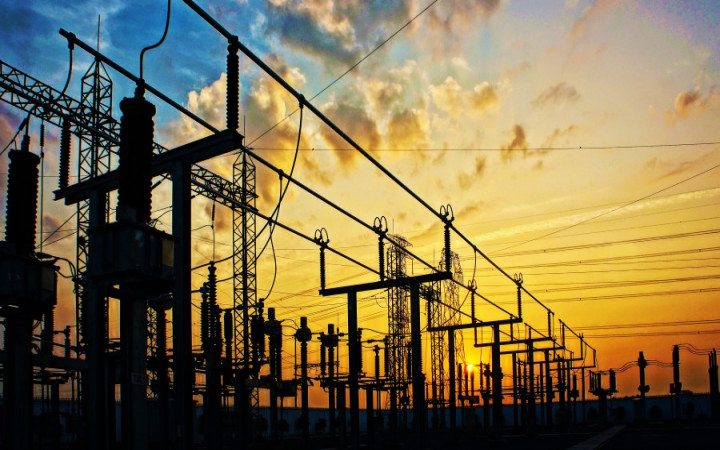What do you think is the greatest scientific discovery or invention of all time? For some, Benjamin Franklin's discovery of electricity would probably rank near the top of the list. After all, without electricity, our lives would be drastically different than they are today.
Have you ever given much thought to how electricity gets from the power plant to your house? Simply plugging an electronic device into the nearest outlet is a convenience we often take for granted. However, electricity's path to those little plugs in the wall is a fascinating journey.
If you've ever seen objects hanging from the top of utility poles or large boxes sitting near buildings, then you're familiar with some of the most important pieces of machinery in the system that delivers energy to your home. These machines are called transformers. No, they don't change into superhero vehicles when you're not looking, but they are all about change!
Transformers are electrical machines that change electricity from one voltage to a different voltage. Voltage is the measure of the electrical force that pushes electrons around a circuit. In some cases, transformers can take electricity at a lower voltage and change it to a higher voltage. Such transformers are called step-up transformers.
Most transformers, however, are step-down transformers. They take electricity at a high voltage and change it to a lower voltage. This is a critical step in the energy-delivery process, since the electricity that comes from a power plant is at an extremely-high voltage, which is much too high for use in your home.
For example, a power plant transmission line might carry electricity at 400,000 to 750,000 volts. Electricity is sent out at such high voltages because it often has to travel great distances. Using higher voltages helps to minimize energy loss as it travels.
In certain areas, called electrical substations, huge transformers reduce those high voltages to lower voltages to send out to specific areas. Have you ever seen an electrical substation near your home? You can usually identify by them by the presence of lots of electrical lines and equipment, including numerous transformers.
Step-down transformers in substations reduce high voltages to lower voltages in the range of 7,200 volts. When the electricity reaches your neighborhood, transformers on top of utility poles or ground boxes connected to underground wires reduce the voltage of the electricity to 220-240 volts to use in your home. Some major electrical appliances, such as water heaters, stoves, and air conditioners, will use the 220-240 volts, while most other smaller electrical appliances will use 110-120 volts.
So how do transformers work this electrical magic? It all happens because of a couple of simple facts about electricity. Transformers work because the fluctuating current of electricity (known as alternating current or AC) flowing through the wires entering the transformer (the primary current) creates a magnetic field. That fluctuating magnetic field creates a current (the secondary current) in a second set of wires leaving the transformer through a process called electromagnetic induction.
To make this process more efficient, the wires entering and leaving a transformer are coiled into loops or turns around an iron bar called a core. If the primary and secondary coils have the same number of loops or turns, the voltage will be the same in each. If, however, the secondary coil has more or fewer loops or turns, then the secondary current voltage will be greater or less than the primary current.
For example, if the primary coil has 10 turns and the secondary coil has one turn, then the transformer will reduce the primary voltage by a factor of 10. So a current entering the transformer at 1,000 volts will leave the transformer at 100 volts.




